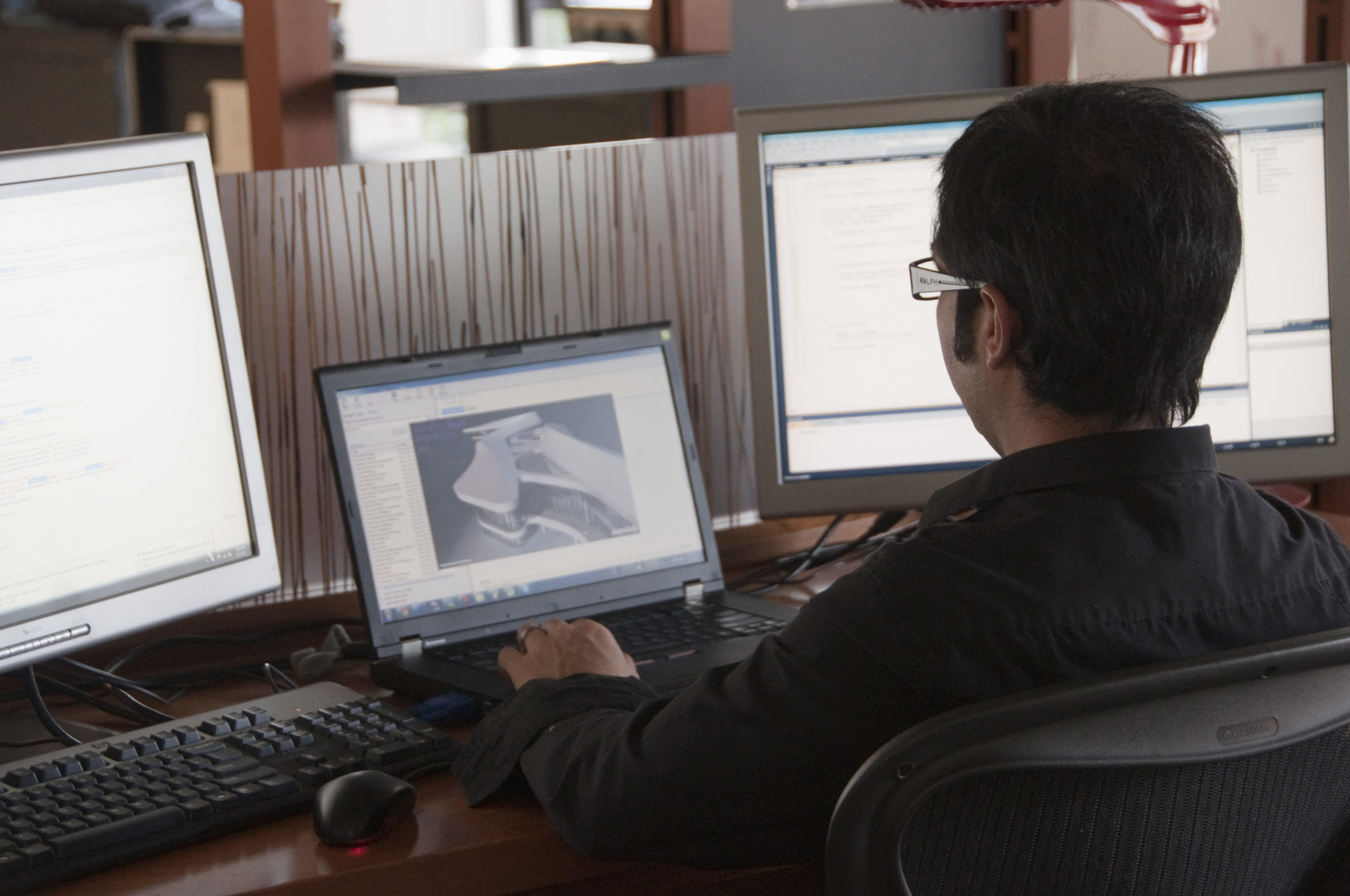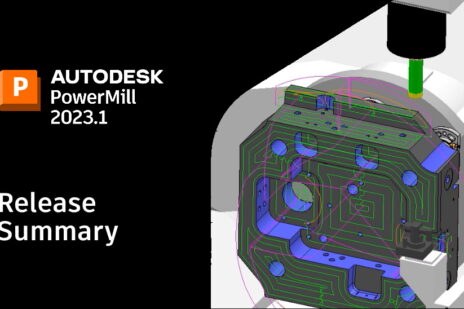
Generative design creates various outputs through an iterative process. These outputs must meet certain constraints set by the designer, which can include parameters such as material type, manufacturing methods, and manufacturing costs. The process is different from methods such as topology optimization and lattice optimization as it can generate many possible solutions for the design.
How is generative design being used?
Airbus, which has designed numerous aircraft, has already put this process to work on the interior of its A320 planes. By using this process, engineers at Airbus were able to take 45 percent off the weight of interior partitions, leading to a huge reduction in the overall weight of the aircraft along with enormous fuel savings for each flight.
Another recent application is in the design of the MaRS Innovation District in Toronto. Architects were able to generate a floor plan for an optimal office environment that could not have been created by humans. Employee wants and needs were taken into account which would have been a time-consuming process without the use of generative design.
Continue reading below to learn about eleven key benefits of generative design, in no particular order:
Increased Customer Loyalty and Satisfaction
Being able to generate multiple designs at a faster pace means more satisfied customers. Since the delivered designs are also of higher quality and meet all the customer’s requirements, it is a great way to increase customer loyalty and build an enviable reputation.
Thousands of Ideas at the Touch of a Button
Thanks to powerful artificial intelligence software, designers no longer need to think up designs the old-fashioned way. For example, when designing a small cup, the designer can input desired parameters such as the weight, material, and volume and the software will deliver all possible designs that meet those criteria.
Rapid Approach to an Optimal Solution
Since more designs can be created within a shorter time frame, the optimal design solution can also be found quickly. This is because designers can compare and contrast all the different designs generated by the software before selecting the best one.
Highly Customizable Constraints
Using the designer’s inputs and artificial intelligence, the latest Autodesk design software can produce highly customized architectural plans based on preset parameters. After the initial design is produced, the architect can then adjust the software, creating different designs that satisfy certain criteria such as the building size and cost.
Increased Productivity
An increase in the productivity is to be expected as a result of the numerous design variants available at the touch of a button. Instead of taking precious time to come up with the various possibilities of a design, designers can use this time on other projects.
Decreased Human Resource Costs
For many businesses, employee wages account for a large portion of the operating expenses. This is important in the manufacturing industry as multiple designers need to work together to come up with innovative ways to solve design problems. However, these costs can now be reduced with the help of generative software, freeing up expensive human resource costs that can be funneled elsewhere in the business.
Consolidation of Multiple Parts
The ability to consolidate multiple parts into a single part is another benefit of generative design. This is because highly complex information can be processed at a rate that is not possible for human brains to conceive. As a result, a single part can now be created to replace assemblies of two or more separate parts.
Decreased Manufacturing Costs
Due to the consolidation of multiple parts into a single part, decreased manufacturing costs can be expected. This is because the supply chain will be simplified due to the elimination of unnecessary parts, reducing the overall manufacturing cost of the product.
Reduced Material Waste
This is another benefit resulting from the consolidation of multiple parts. By creating models that require fewer parts, less materials are also required. This helps reduce material wastes and costs and is also very environmentally friendly.
Avoids Expensive Manufacturing Rework
Manufacturing rework is a costly process that can reduce production output significantly. Rework requires extra time and energy to coordinate and complete. With the help of simulation and built-in testing functions such as those in Autodesk’s product line, most rework can be eliminated and a final design can be reached within a shorter amount of time.
Reduced Weight
Reducing the weight of manufactured parts is another benefit and a real game changer for the aerospace and automotive industries. One recent case comes from General Motors, where engineers used generative design to produce a new seat bracket that combined eight components into one. This resulted in a 40 percent weight reduction and a 20 percent strength increase compared to the original design.



Add comment
Connect with: Log in
There are no comments